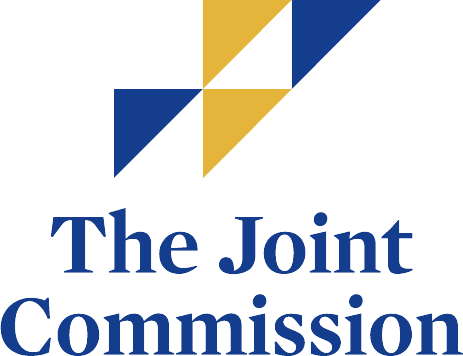Chronic pain is defined as pain that lasts for several months; various definitions include anywhere from three to six months. Results from the 2012 National Health Interview Survey found that around 25.3 million American adults (11.2%) had chronic pain nearly every day for at least three months straight. Because chronic pain affects a large portion of our population, it is essential to discuss effective treatment options for managing this type of condition as well as potential treatment concerns.
The most effective treatment option used for treating chronic pain is prescription opioids. While opioids have their benefits, they can also be problematic and contribute to the development of opioid addiction. Therefore, it is important for individuals to understand the risks and consequences that can result from opioid use.
A Life of Chronic Pain
While some with chronic pain can live a “normal life,” attending to work, family, and friendship responsibilities, pain can affect every aspect of a person’s life. Chronic pain can decrease energy and motivation and limit an individual’s ability to participate in activities. Many cannot imagine what it is like to experience or manage severe pain, especially daily. After all, many common muscle strains and aches can be quickly resolved with over-the-counter painkillers.
However, the daily challenges of chronic pain can make us look for any solution that will get us back on our feet. This sense of drive, a desire to solve the problem at hand, can feel lonely. But desperation can lead us to think that anything that makes us feel better is worth taking or doing. It is important to understand that this problematic way of thinking is what may lead to accidental addiction.
Accidental Addiction
Addiction is complex, and while pain medication can be incredibly helpful, the use of opioids for pain management can lead to accidental addiction. Oftentimes, opioids are prescribed to individuals following a surgery or procedure to help manage severe pain. Opioids are an effective treatment option when they are used on a short-term basis. However, when a person suffers from chronic pain, healthcare professionals may prescribe opioids daily to help manage their patient’s pain levels. When these medications are used daily or on a long-term basis, the body becomes accustomed to them. As a result, the user of the medication will develop a tolerance. Over time, a patient may no longer respond to opioids and need more of them to experience the desired pain management effects.
For those with chronic pain, this is an easy path to fall into. This is because chronic pain is debilitating, and the effects of opioids can enable those with chronic pain to fulfill necessary obligations in work and/or family life. Nonetheless, it is vital to understand that the use of opioids for pain management can lead to accidental addiction. To know if you are at risk of developing an addiction, speak with your healthcare provider about your concerns.
Chronic Pain and Opioid Addiction
The misuse and abuse of opioids continue to be an issue among chronic pain populations. In a study addressing treatment for those with chronic pain (non-cancer-related), researchers found that 32% of individuals who were misusing opioids were originally prescribed opioids for pain management. Prescription drug misuse occurs when an individual uses their prescription in a way otherwise directed by their doctor. Examples of misuse include:
- Taking an incorrect dose
- Skipping, forgetting, or missing a dose
- Taking a medication more frequently than what was prescribed
Treating those with chronic pain, whether they have a history or susceptibility to addiction, is highly complicated. If you or a loved one is struggling with chronic pain, it is important to know what alternative treatment options are available. Understanding the consequences of taking daily prescription opioids is important and can be helpful in deciding if it is a good direction for you. If you aren’t sure if medication is a good fit, speaking with a medical professional can help.
Signs of Accidental Addiction
Whether you are concerned about yourself or a loved one, understanding how to recognize accidental addiction can help bring awareness to the problem. Addiction causes significant changes in an individual’s behavior and thought processes. Signs of opioid abuse and addiction include:
- Regularly taking a prescription in a way that was not intended by the doctor
- Taking opioids to prevent future pain
- Significant mood changes
- Borrowing or seeking out more medication than was prescribed
- Changes in decision-making abilities
- Continued use despite negative consequences
If you or a loved one is prescribed opioids for pain management, that is okay! Still, it is important to know the potential consequences that can result from daily opioid use. Additionally, it is essential to understand that there is no one-size-fits-all treatment for chronic pain or addiction. Every case is different and unique. It may help to explore your treatment options and ask questions to a healthcare professional.
Chronic pain can be debilitating and highly challenging for individuals as well as their families. Opioids are commonly used to help manage chronic pain symptoms and can be successful. However, research has shown that there is a high incidence of addiction that results from opioid prescriptions for treating chronic pain. It is important to understand the signs of opioid addiction and how prescriptions can lead to accidental addiction.
If you are concerned that you or a loved one will develop an addiction to opioids, it is important to take action. We at Buena Vista Recovery offer medically assisted detox and several treatment programs. We believe that it is important to have trusted support in the process of detox and treatment. To learn more about how we can help, please call us at (480) 741-9414. Take action that can help you or your loved one find freedom from addiction.




